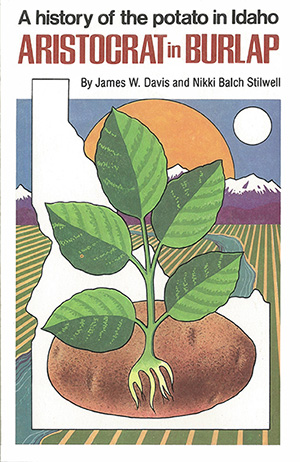Simplot's problem was one of adapting Dunlap's laboratory procedures to production-line technique. The same peeling and water-blanching equipment that was used for dehydrated diced potatoes could be utilized in the early preparation for frozen French fries. The problem to be solved was the actual deep-fat frying process.
Simplot gives credit for the technical breakthrough to an energetic Irishman from Bridgeton, New Jersey, whose name was Dick Toben. Toben, an engineer, salesman, and superb storyteller, came to Simplot with some experience in food processing of other vegetables. His ideas and ingenuity were basically responsible for the continuous-flow, stainless-steel fryers and the system for cleaning frying fat to prevent waste and rancidity.
Once these technical problems were solved, only the problem of introducing the new product to enough people remained. Distribution and demand grew by leaps and bounds, and from those days in the early 1950s, the Simplot Food Division has rarely been able to keep up with the demand for their frozen French fries and their other frozen products.
In 1946, Simplot bought a processing plant in Burley for the production of dehydrated potato granules, and it went into production under the name of the Shelley Processing Company. In 1947, a potato-starch plant was purchased in Jerome, Idaho.
In 1960, a new concept in potato utilization became a reality with the construction of the huge Simplot potato-processing complex at Heyburn, Idaho, just across the river from Burley. This industrial community included processing lines for various frozen and dehydrated potato products, a potato-starch plant, and a modern packing warehouse for fresh potatoes.
The Heyburn concept permitted the Simplot Company to bring field-run potatoes into the area, utilize the cosmetically perfect potatoes for fresh shipments, choose the ideal size and physical characteristics for frozen French fries and other frozen products, manufacture dehydrated potato products from the smaller sizes, and send the balance to the starch plant for the extraction and modification of potato starch. The economics of such an operation were favorable since a minimum of handling was necessary after the sorting operation took place. The area of conflict proved to be the fresh-shipping operation and the frozen French fry lines. The huge demands of the freezing line left very few potatoes to be shipped fresh, so the fresh-packing operations were not utilized on a regular basis.

